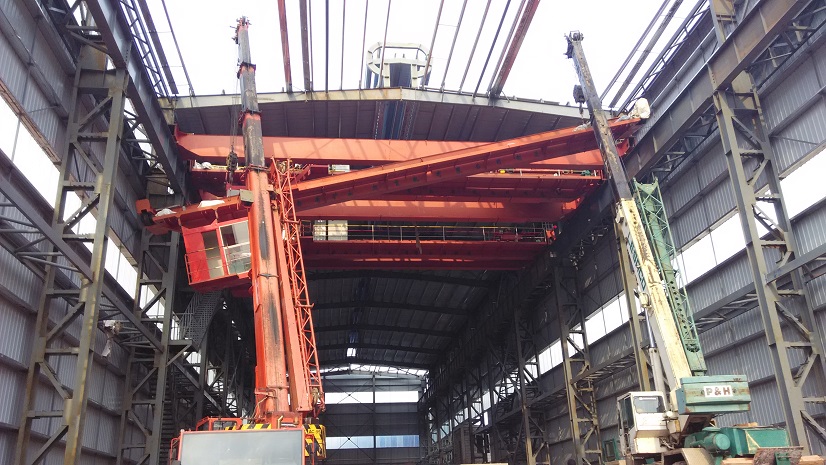During the billet heated, operators should take measures to prevent following case happening.
When the steel billet is heated for a long time at high temperature, it is very easy to overheat. The overheating phenomenon of steel billet is mainly manifested in the excessive growth of the microstructure grains of the steel into coarse crystalline structure, thereby reducing the adhesion between the grains and reducing the plasticity of the steel.
The overheated steel is prone to cracking when rolled, especially in the corners. Cracks occur on the surface of the steel when it is slightly overheated, which affects the surface quality and mechanical properties of the steel. In order to avoid overheating defects, the heating temperature and heating time must be strictly controlled.
The billet will become a coarse crystalline structure when heated for a long time at high temperature, and the low melting point non-metallic compounds on the grain boundary will be oxidized and the crystalline structure will be destroyed, so that the steel will lose its due strength and plasticity, this phenomenon is called overcoating.
Overburnt steel produces severe rupture when rolled and cannot be used except by re-smelting.
The method to avoid over-burning: reasonably control the heating temperature and the oxidation atmosphere in the furnace, strictly implement the correct heating system and the rolling system, and avoid excessive temperature.
This phenomenon is easy to occur when the billet heating rate is too fast or when the output of the rolling mill is greater than the heating capacity. For steel billets with uneven temperatures, the dimensional accuracy of rolled parts is difficult to control stably during rolling, and it is easy to cause rolling accidents or equipment accidents. The heating speed and temperature of the furnace is proper controlled so as to make temperature of the billet more even.
The steel billet produces oxidation at room temperature, but the oxidation rate is slower, and the oxidation rate accelerates with the increase of the heating temperature, when the steel billet is heated to 1100-1200 °C, it is strongly oxidized under the action of the furnace gas to form the iron oxide sheet. The production of iron oxide increases the heating loss and causes the yield index to decrease.
